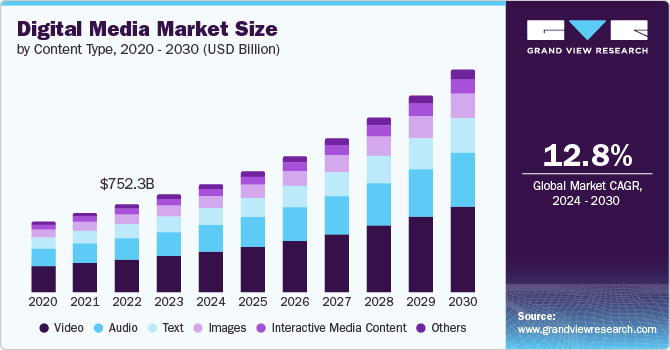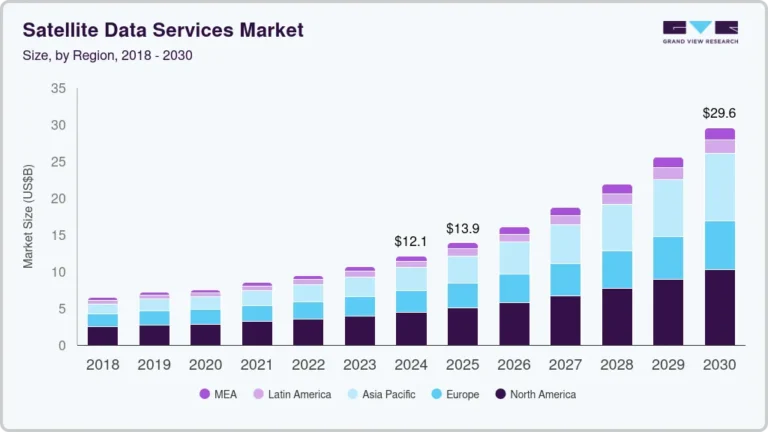Metal Screw Fasteners Market Size, Share & Trends Analysis growing at a CAGR of 4.7% from 2025 to 2033

The global metal screw fasteners market size was estimated at USD 22.07 billion in 2024 and is projected to reach USD 33.02 billion by 2033, growing at a CAGR of 4.7% from 2025 to 2033. The demand for metal screw fasteners is witnessing consistent growth due to their essential role in manufacturing, construction, and the automotive industries.
Key Market Trends & Insights
- Asia Pacific dominated the metal screw fasteners market with the largest revenue share of 39.2% in 2024.
- By material, the stainless steel segment is expected to grow at the fastest CAGR of 5.0% over the forecast period.
- By end use, the electrical & electronics segment is expected to grow at the fastest CAGR of 5.3% over the forecast period.
Market Size & Forecast
- 2024 Market Size: USD 22.07 Billion
- 2033 Projected Market Size: USD 33.02 Billion
- CAGR (2025-2033): 4.7%
- Asia Pacific: Largest market in 2024
Request a free sample copy or view report summary: https://www.grandviewresearch.com/industry-analysis/metal-screw-fasteners-market-report/request/rs1
Rapid urbanization and infrastructure development across emerging economies have significantly increased their consumption. Moreover, the growing need for product assembly in sectors like electronics, home appliances, and industrial machinery further boosts demand. Metal fasteners offer superior load-bearing capacity and durability, making them preferable over plastic or polymer alternatives. Rising industrial automation also necessitates reliable fastening solutions. E-commerce growth and packaging innovation also contribute to secondary demand. As economies scale up production, the dependence on metal screw fasteners is set to rise steadily.
The Recent trends include the development of anti-corrosive coatings, hybrid materials, and reusable fasteners. Companies are focusing on eco-friendly plating and surface treatments to meet RoHS and REACH regulations. Precision-engineered fasteners for aerospace and electronics are in high demand. Integration with RFID or QR codes for traceability is another emerging trend. Additionally, additive manufacturing (3D printing) of specialized metal fasteners is gradually gaining attention. Automation in assembly lines is increasing the need for fasteners compatible with robotic systems. Supply chain digitalization and smart inventory systems are also shaping the procurement and logistics of fasteners.
Market Concentration & Characteristics
The metal screw fasteners market is moderately consolidated, with several global players such as Würth Group, Stanley Black & Decker, and Hilti holding significant shares. However, a large number of regional manufacturers cater to specific applications, particularly in Asia-Pacific and Central & South America. The competition is intense in mid and low-end segments, while the premium, application-specific fastener segment remains relatively concentrated among technologically advanced companies. M&A and regional expansion are common strategies for growth and consolidation.
The threat of substitutes is moderate. Alternatives like adhesives, plastic rivets, or welding are used in some applications but lack the strength, reusability, and precision of metal screw fasteners. In certain lightweight or temporary installations, polymer fasteners or snap-fit solutions may be used, but they do not match metal in critical structural applications. Innovations in bonding and composites might pose a future threat, especially in aerospace and electronics. However, for structural integrity and heavy-duty requirements, substitutes are limited.






